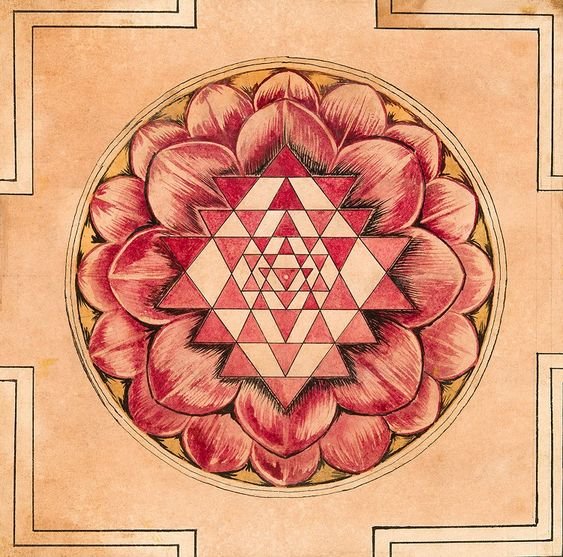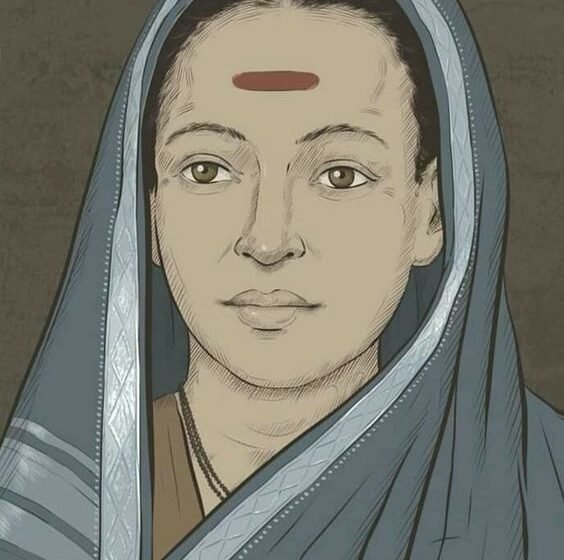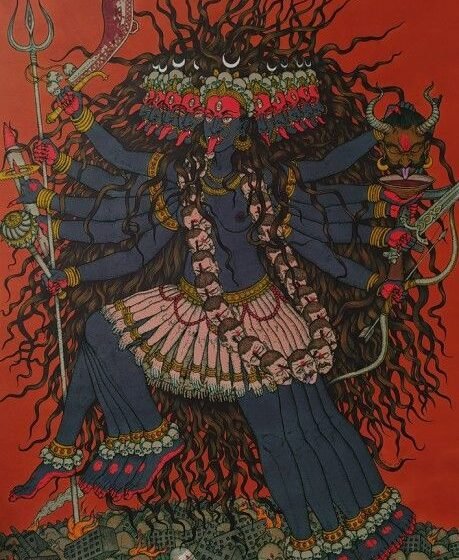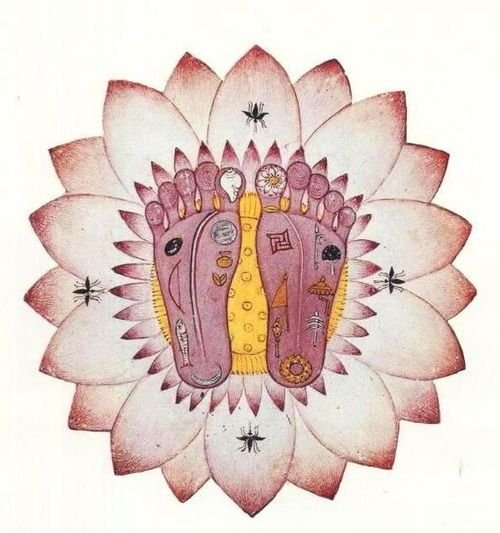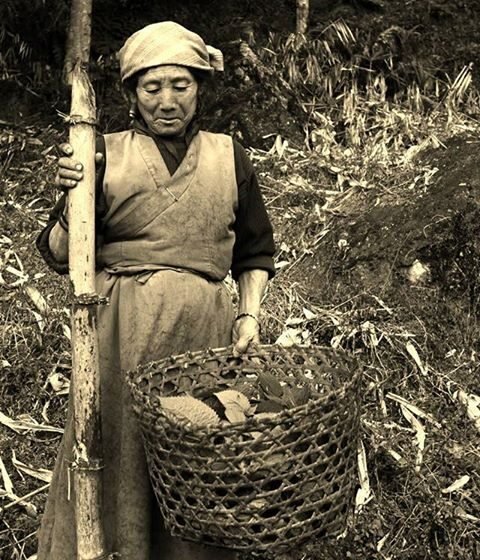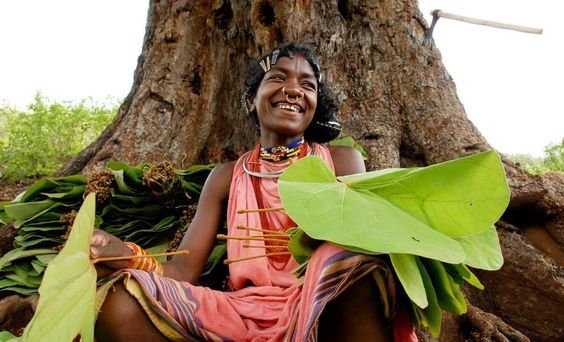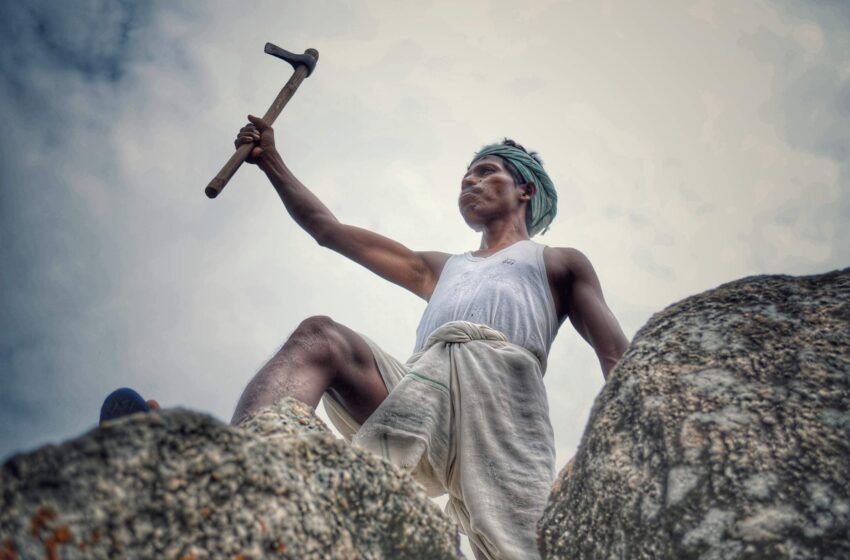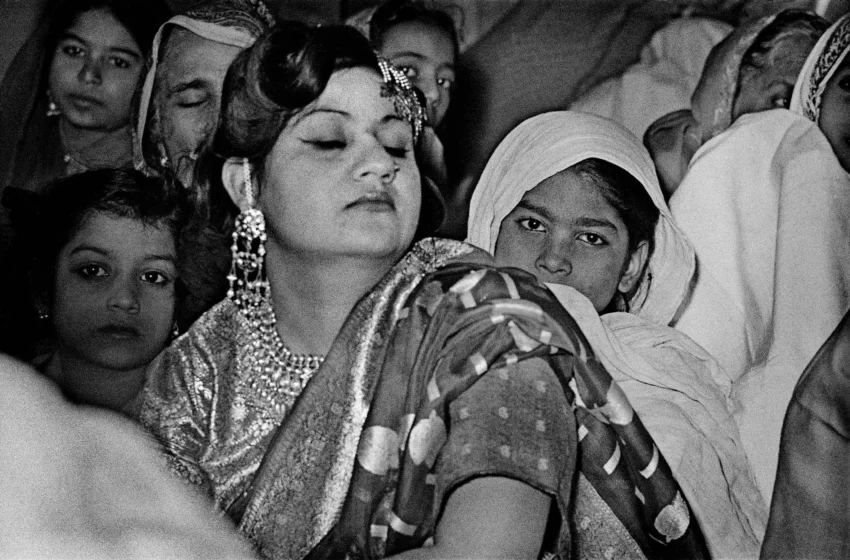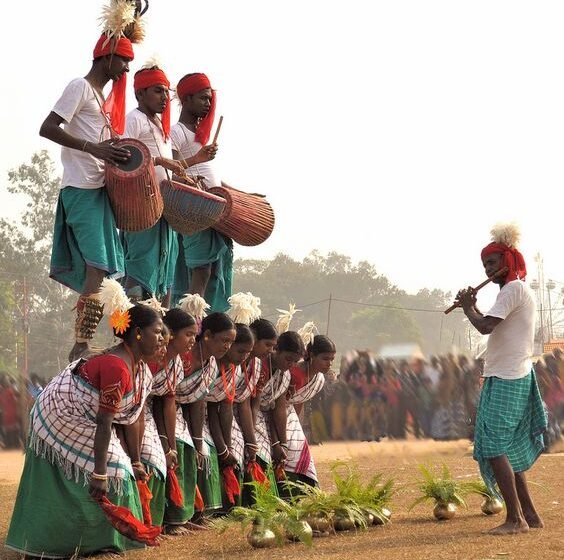Yantras are a form of geometric diagrams widely used in Tantric tradition and religious practices in India. The Yantras are used during the worship of deities in order to bring in the qualities of meditation to the worship. In Hinduism, the Yantras, especially the Shri Yantra Chakra is one of the most auspicious symbols. Worn […]Read More
Tags : ANCIENT INDIA
Savitribai Phule: Introduction to Feminism, Women Education and Reformations
What is feminism? To give equality for Women like the rights given to a Man. Women are not physically strong as men, but she has the best mental power that shows her she is as strong as men. Comparing to this modern era, Women also shows their equality in physical strength along with a man. […]Read More
Vamachara translates to “left path” or “left-handed attainment.” It is a spiritual activity or manner of worship that is both radical and disrespectful to Vedic tradition. The techniques are mostly tantric in nature. Vamachara is one of the techniques recommended by Tantra to raise the Kundalini. Since Kundalini is the seat of the mortal man’s […]Read More
The Lotus flower also known as the sacred lotus is an aquatic plant species that grows in murky, dirty conditions. Despite of being rooted in the mud, it petals bloom stainless and often this quality of the flower is associated with the aspect of purity. Furthermore, the flower’s act of blooming at dawn and closing […]Read More
Lepcha Community of Sikkim: Cultural Heritage and Conservation Efforts
The Lepcha tribe, that resides in the breath-taking Himalayan range represents a fascinating blend of tradition, culture and adaptation. Primarily inhabiting the North-east corner of India, particularly in regions like Meghalaya, Arunachal Pradesh, Bhutan, Sikkim and Darjeeling, they carry with them a rich heritage that resonates through their lifestyles, language and beliefs. With a population […]Read More
The Dongria Kondh: Land Rights and Resistance Against Mining in
Odisha, one of the most beautiful places in India. What do we know about their people and their struggles? It is so shocking that their fight and resilience goes unnoticed by so many. Yet, they so not lose hope instead, stand united against the atrocities they encounter. Just like that, the tribe Dongria Kondh has […]Read More
Adivasi Literature: Indigenous Voices in Contemporary Indian Writing
Adivasi literature, have you ever heard that before? The chances are rare, but it is such an important part of our society and definitely should be added to our discourse. To delve deeper into this and understanding the literature, we first have to know what actually is Adivasi literature? Adivasi literature is often referred to […]Read More
The Munda People: Indigenous Governance and Community Life in Jharkhand
The Munda people, who are they? They are a distinct ethnic group who resides primarily in the south and east of the Chotanagpur plateau. It consists of region such as Jharkhand, Odisha and West Bengal in India. Their identity is closely tied to their language, which is known as Mundari. It belongs to an Austroasiatic […]Read More
Heeramandi’s Hidden Gems:The Unsung Heroes of the Indian Freedom Struggle
Heeramandi, translating literally to “diamond market,” is situated in Lahore near the Taxali Gate and Badshahi Mosque. There’s a debate over its naming, with some attributing it to Heera Singh Dogra, son of Dhian Singh Dogra, Prime Minister during Maharaja Ranjit Singh’s reign. It is the subject of the famous Indian writer-director Sanjay Leela Bhansali’s […]Read More
Santal Music and Dance: Expressions of Identity and Resistance
Santal, a group of indigenous people who live in parts of India, especially in places like Jharkhand and West Bengal. However, along with these two states, they are also found in other states like Odisha, Bihar, Assam and Tripura. This community is so vastly spread out that, they are found in Bangladesh and Nepal too. […]Read More
